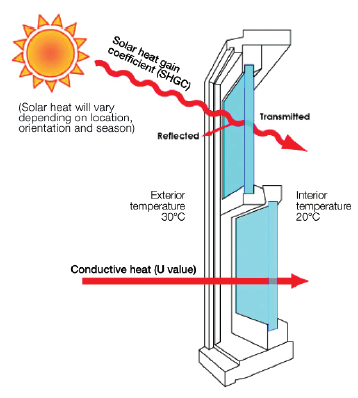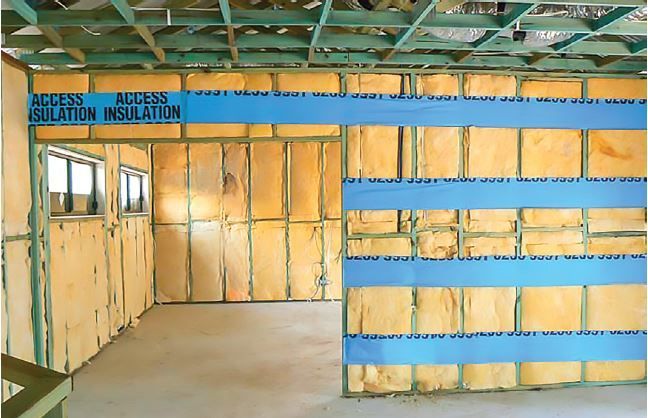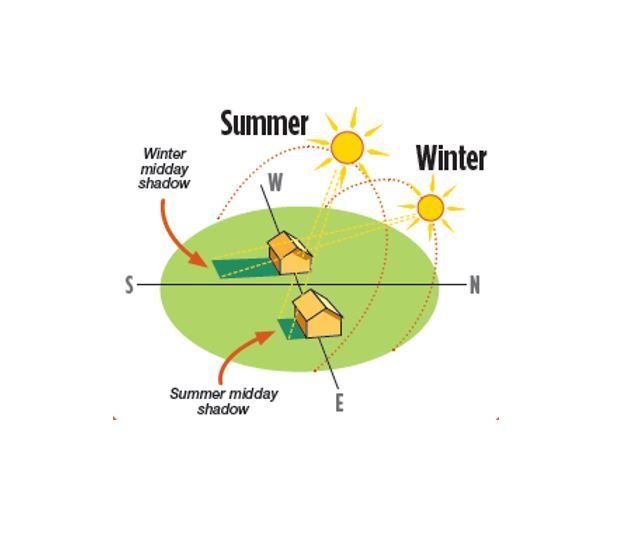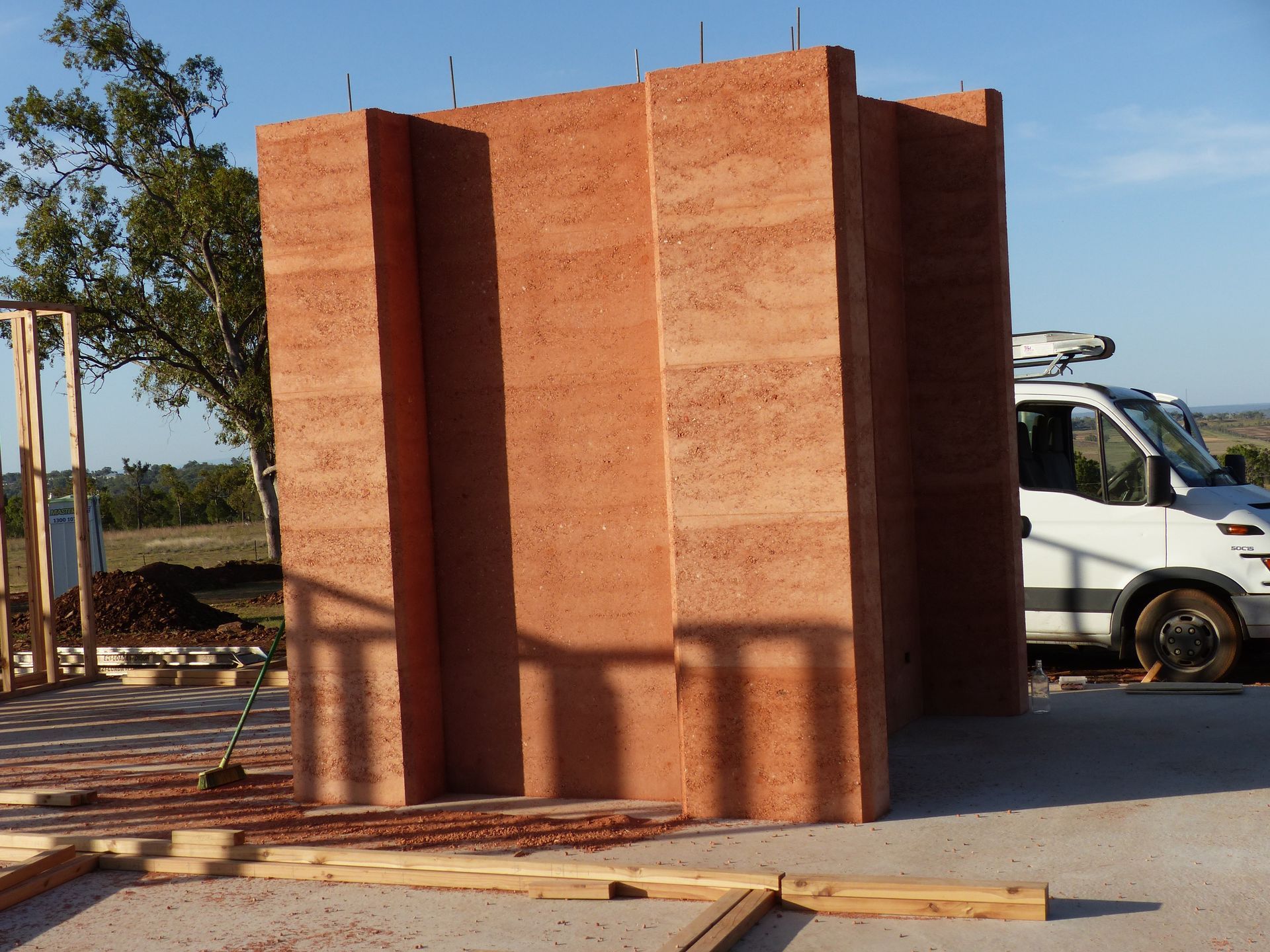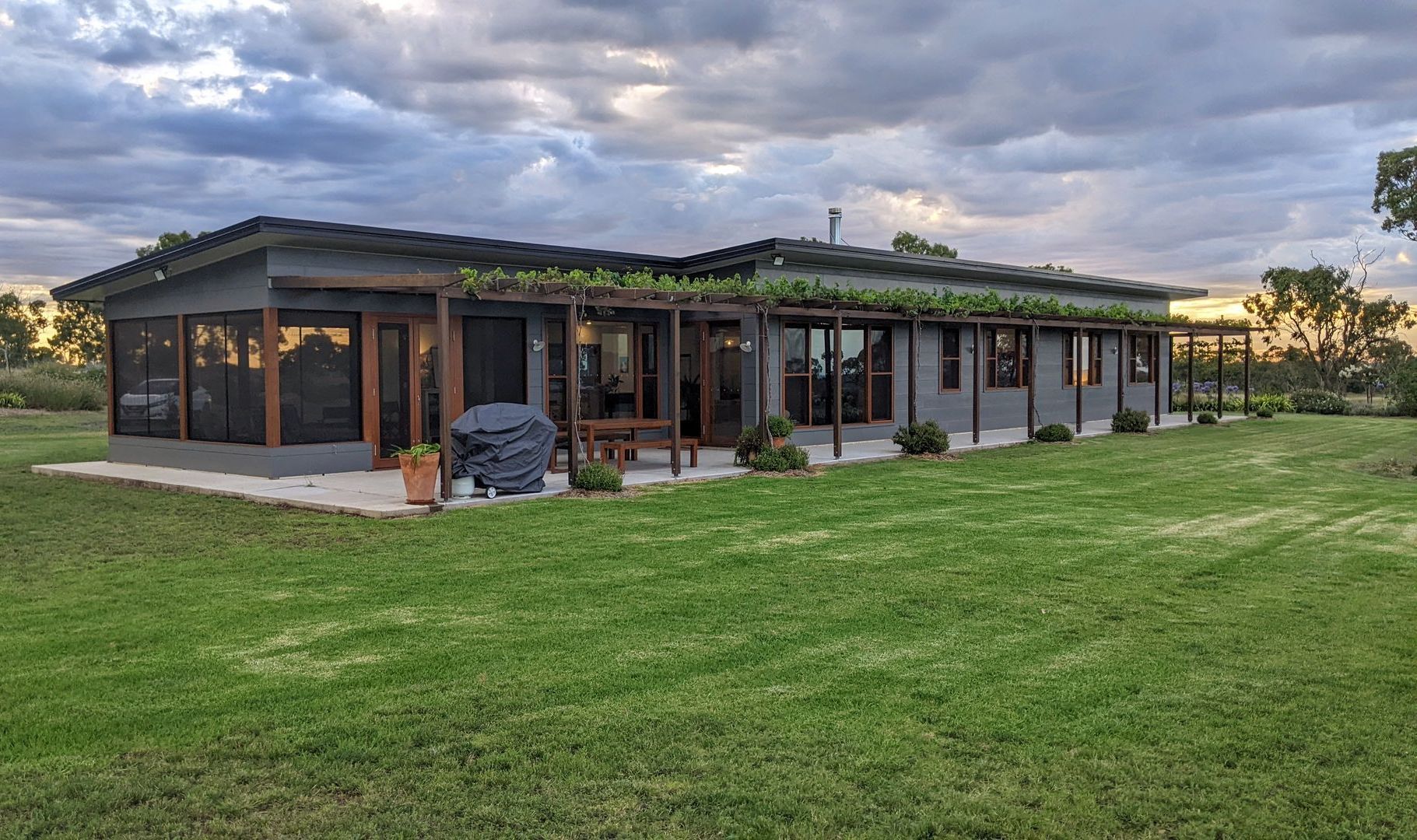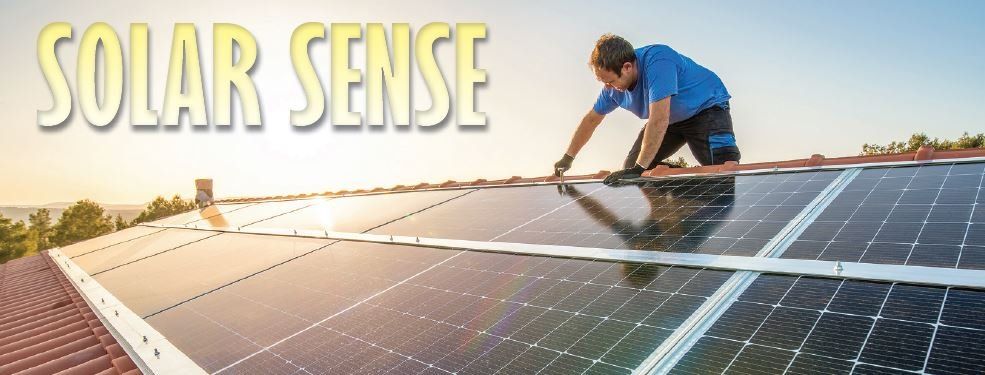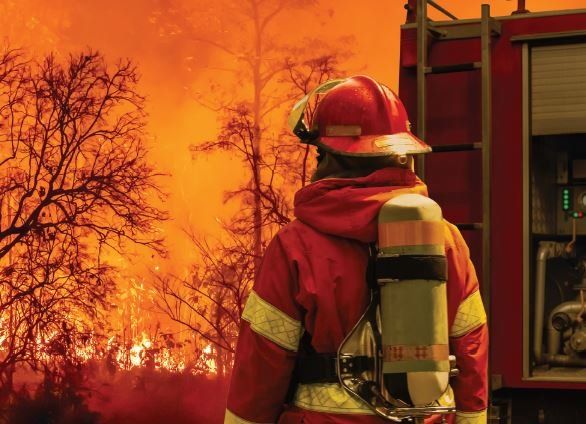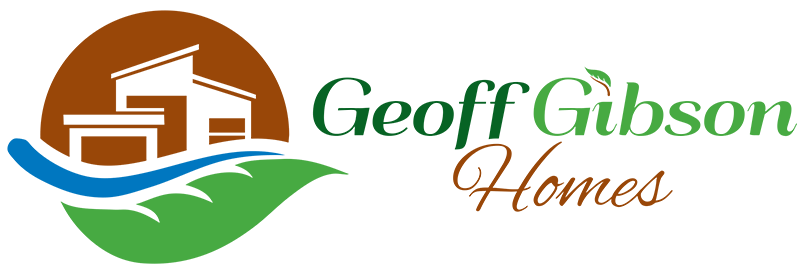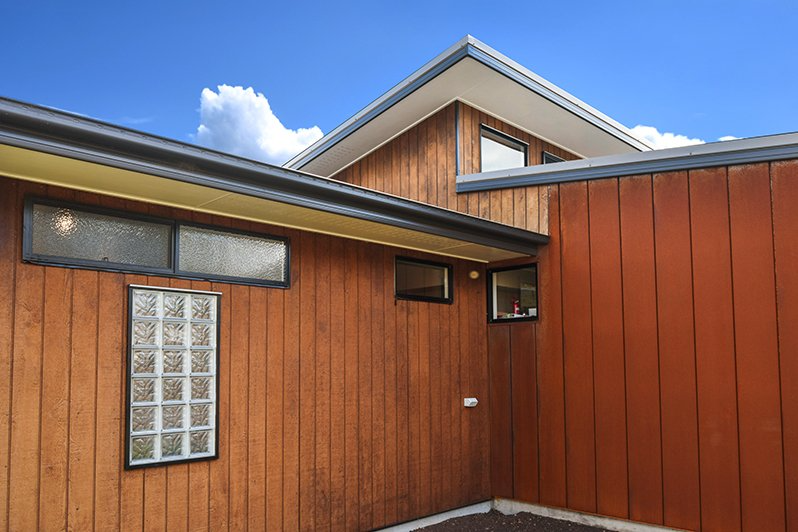Climate Zone 3 has its cool advantages
Last month we investigated the ideal design objectives for Climate Zone 2 (which included the Lockyer Valley and Somerset areas), and this month we will examine Climate Zone 3.
Climate Zone 3 — that’s hot to very hot dry summer with a cool winter — is an area stretching right across central Australia from the western downs in Queensland to the coast in Western Australia. Locally this is reflected in areas west of the Toowoomba Regional Council area, Southern Downs Regional Council and South Burnet Regional Council areas. In practical terms, the boundary of this zone is much closer to the Great Dividing Range than those council boundaries reflect. Also, climate science warns us that this boundary will gradually move east as we experience greater climate fluctuations.
The main aims in Zone 3 are to reduce the need for cooling in summer and removing the need to heat in winter. Fortunately, this is relatively straightforward and cost effective because the zone has low humidity and high day-night temperature ranges.
The basics we have discussed over the last few months are still paramount; Orientate, Insulate and Seal. Last month we discussed encouraging cross-ventilation in Climate Zone 2 and ventilation is still a priority in Climate Zone 3 but for passive cooling via night purging. Thermal currents are common in the flatter, inland areas, created by daily heating and cooling. The cool night air is a reliable source of cooling where cool breezes are limited and diurnal temperature ranges usually exceed 6-8 C.
Hot air radiating from a building fabric’s thermal mass is replaced with cooler night air, drawn in by the internal-external temperature-pressure differential. This procedure requires some management from the homeowners to open the home up in the evening to promote the flow of cool air.
Passive cooling can be improved by roof space ventilation with the positioning of eave vents around the home and thermostatically controlled vents to the higher parts of the roof. This encourages the flow of the cooler external air through the ceiling space. A lighter coloured reflective finish roof sheeting will add further to the reduction in the roof space air temperature. A combination of bulk insulation and reflective insulation works well directly under the roofing material. The bulk insulation uses pockets of trapped air within its structure to resist the transfer of heat and the reflective insulation mainly resists radiant heat flow because of its high reflectivity.
Another approach that works well in Climate Zone 3 and other similar climate zones is the incorporation of strategically placed internal thermal mass to improve the thermal performance of your home. This can be achieved using materials with a high density and long thermal lag times, like concrete, brick, rammed earth or even water. These materials need to be insulated from the outside and protected from the summer sun.
In Climate Zone 3 cooling will be required and because of the low humidity evaporative cooling will work well. If you provide ceiling fans in all living and sleeping areas it will reduce the need for air-conditioning by up to 75% (evidence from a study in Darwin, Brisbane, and Sydney).
Incorporating these simple design features into your new Climate Zone 3 home can deliver a lifetime of thermal comfort, with low energy bills and low greenhouse gas emissions.
We have discussed increased sustainability thoroughly over the last few months and next month we will look at choices you can make when designing your new home that will make your home healthier.
If you would like to know more about the design issues raised in this article, please arrange a time to visit me at our Design Centre at 20 Stradbroke Street, Toowoomba.
— Geoff Gibson
